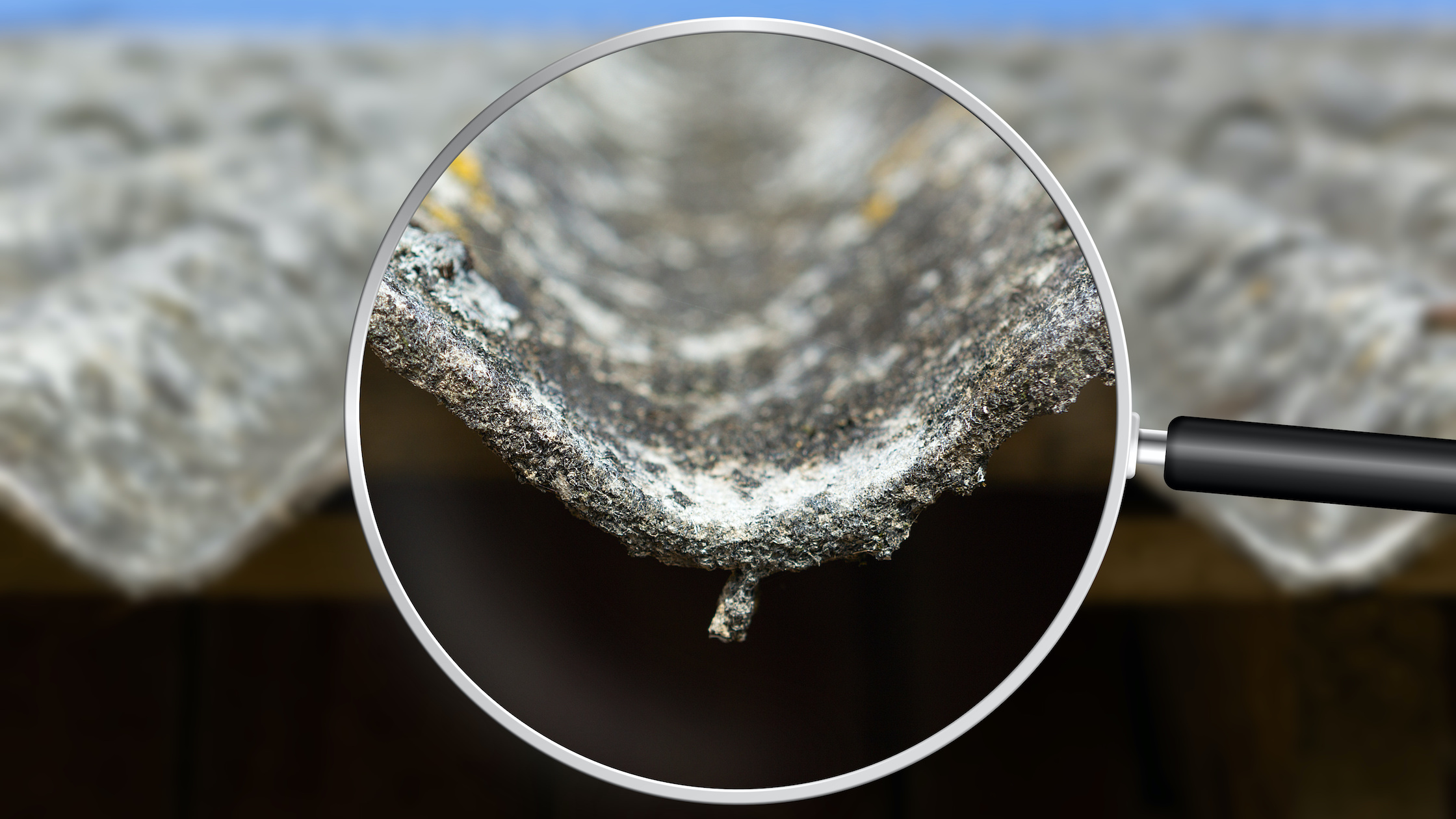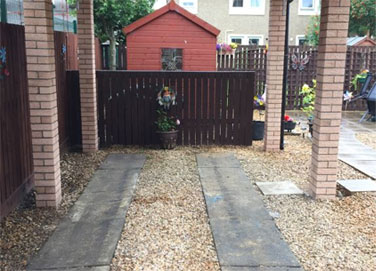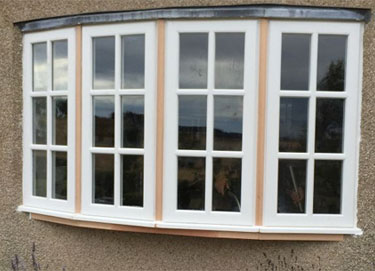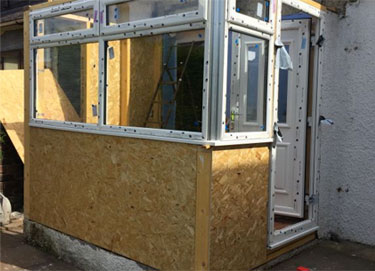Although asbestos get a bad reputation, asbestos roof repair is possible and there are two main methods for getting the job done. If you have any questions about working with asbestos, be sure to consult a professional before beginning any work.
What is asbestos?
Asbestos consists of six natural minerals with unique properties. These include resistance to fire and heat, sound absorption, strength and flexibility among other things. Asbestos is fibrous in nature, so it can be woven into fabric and used when reinforcing cement and fabrics. Asbestos was popularised ion the 1900’s for building and electrical insulation.
Asbestos roof repair
The types of asbestos are white, brown and blue, with white being least harmful. White asbestos was most commonly used in roofing, where the fibres were mixed with cement, creating fibre cement. It doesn’t occur naturally in the UK and asbestos was imported mainly from Canada and South Africa. Asbestos can be dangerous, especially when handled incorrectly. The problems occur when asbestos is disturbed and breathed in. The most popular asbestos substitute is fibreglass insulation. Replacing an asbestos roof has been advised against by the Health and Safety Executive (HSE), as doing so will disturb the fibres. Therefore, it’s crucial to maintain your asbestos roof properly.
There are strict guidelines when handling or treating asbestos. The first step is to survey the roof. In most cases, a specialised coating is enough to encapsulate the fibres and make it weather tight. A leak, crack or a hole can become potentially dangerous. It’s always best to hire a professional who knows how to handle the legalities as well as fix the issue.
Coating vs over cladding
Coating is an easy, two-step process that’s very effective and gives a permanent result. Loose asbestos fibres are encapsulated and bound using a primer. A topcoat is then added, giving the roof a UV and weatherproof protection.
When using a coating isn’t possible, over cladding can be an effective solution. This refers to installing another roof (usually metal) over the asbestos roof. Many older roofs aren’t able to take the weight of the new roof, so a structural engineer needs to be involved. You’ll need to comply with building regulations as well as add insulation.
What precautions should I take?
Here’s a few tips on how to make sure you aren’t putting yourself at risk of harmful chemicals.
- Wear the proper Personal Protective Equipment (PPE) when working with asbestos roofing materials. This includes a respirator, gloves, and protective clothing.
- Avoid creating dust when repairing the roof. Wet down the area before starting work and use a low-speed power drill or hand tool to avoid generating dust.
- Dispose of asbestos waste properly. Contact your local waste disposal company for instructions on how to safely dispose of asbestos material.
LC Joinery and Roofing are experienced in various types of roof repairs in Edinburgh and Central Scotland. All our work is guaranteed. We are a member of the Guild of Master Craftsmen, the Federation of Master Builders, the Construction Skills Certificate Scheme, and a Which? Trusted Trader and a licensed asbestos removal contractor. Take a look at our portfolio here.
Call LC Joinery at 01592 747 047 or email us at info@lcjoineryroofing.co.uk.






